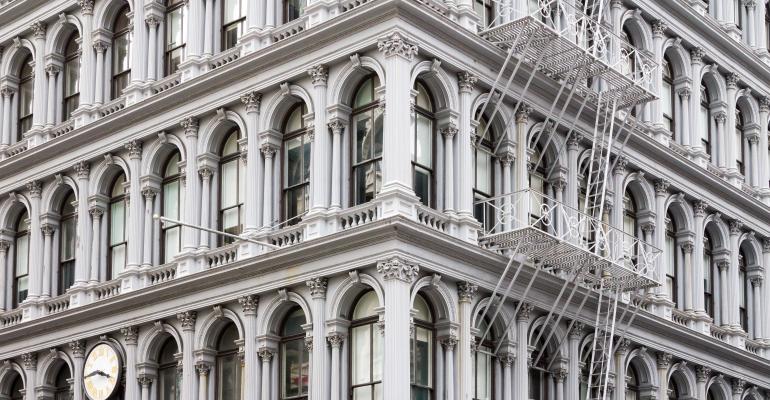Multifamily investors continue to be eager to purchase value-add apartment assets. The challenge is to find the right property.
“Many of the easy deals already have been done,” says Greg Willett, chief economist for Richardson, Texas-based RealPage Inc., a provider of property management software and services.
For several years, value-add investment has been a hot trend for apartment building buyers. Many older apartment properties have already been bought and at least partially renovated to earn more income. Also, more investors have become interested in renovating older apartment buildings, increasing the competition to buy these properties.
However, new construction and rising rents continue to create new opportunities to upgrade older assets. “The basic fundamentals that have made value-add multifamily an attractive investment thesis are still in place,” says Chuck Johanns, executive vice president in the multifamily division of JLL Capital Markets.
Attractive properties get a lot of attention
Any promising value-add property is likely to have a lot of potential buyers. “There are still value-add opportunities out there that make sense. The challenge right now is the highly competitive environment,” says Johanns.
Private equity fund managers have become particularly interested. More than 40 percent of all real estate investment dollars raised in 2017 by private equity funds were raised for value-add investments, according to JLL. That’s a tremendous amount of capital targeting what had once been a niche investment strategy.
Meanwhile, the apartment buildings don’t even need to be that old to fit into the value add bucket now, according to Willett. “There’s actually a pretty big difference in projects from the early 2010s and today’s completions,” he says. “The product delivered in this cycle is growing more and more upscale very quickly.”
Older properties can also benefit simply by becoming more efficient. “Adjustments to property management can drive some of the quickest improvements in net operating income,” says Johanns.
A good sub-market for a value-add play will have a growing base of renters who are paying less than 30 percent of their incomes for rent. That means they could probably pay more to live in renovated apartments without having to give up other necessities.
The market should also show a difference of several hundred dollars between the cost of renting a new, luxury apartment and the cost of renting an older unit. Once the units are renovated, the owner should be able to charge a few hundred dollars more each month than the older apartments nearby, and still offer a bargain by saving the tenants more than $100 a month in rent compared to the cost of new construction.
Investors should not take rising rents for granted when they make their projections. Apartment rents are not growing as quickly as they have been in prior years, and rent growth is never guaranteed. “Future lift from market rent growth is likely to be modest during the next few years,” says Willett. “The deal basically needs to work at the rents achievable in the market right now.”
In fact, apartment rents could even slip lower from today’s levels. “If the upgrade is significant enough that the property will need a complete turnover of the resident base, there’s some possibility that the leasing efforts could be pushed into a recessionary environment,” says Willett.
Partial renovations can provide a safer investment
Many older apartment buildings have already undergone partial renovations during this cycle.
This can create an opportunity for a new investor to do a less intensive renovation, cutting down on uncertainty.
“The operating track record for the already improved units should reduce the perceived risk for the next investor,” notes Johanns.
The yield will also be lower for the buyer of a building that has already been partially renovated. “It may move an investment from the ‘value-add’ bucket into the ‘core plus’ bucket, depending on the scope and scale of work already completed,” Johanns adds.
Investors are also still finding a few opportunities to renovate and improve apartment buildings in some less expensive neighborhoods. “It took a while for value-add activity to move into workforce housing sub-markets,” says Willett.
In these sub-markets, the rents are generally below the average for the metropolitan area. “There are some well-located, older communities in those areas where moderate upgrades make sense, although the improvements can’t take rents to a level well above what’s affordable for the general populace that lives in these zones.”





